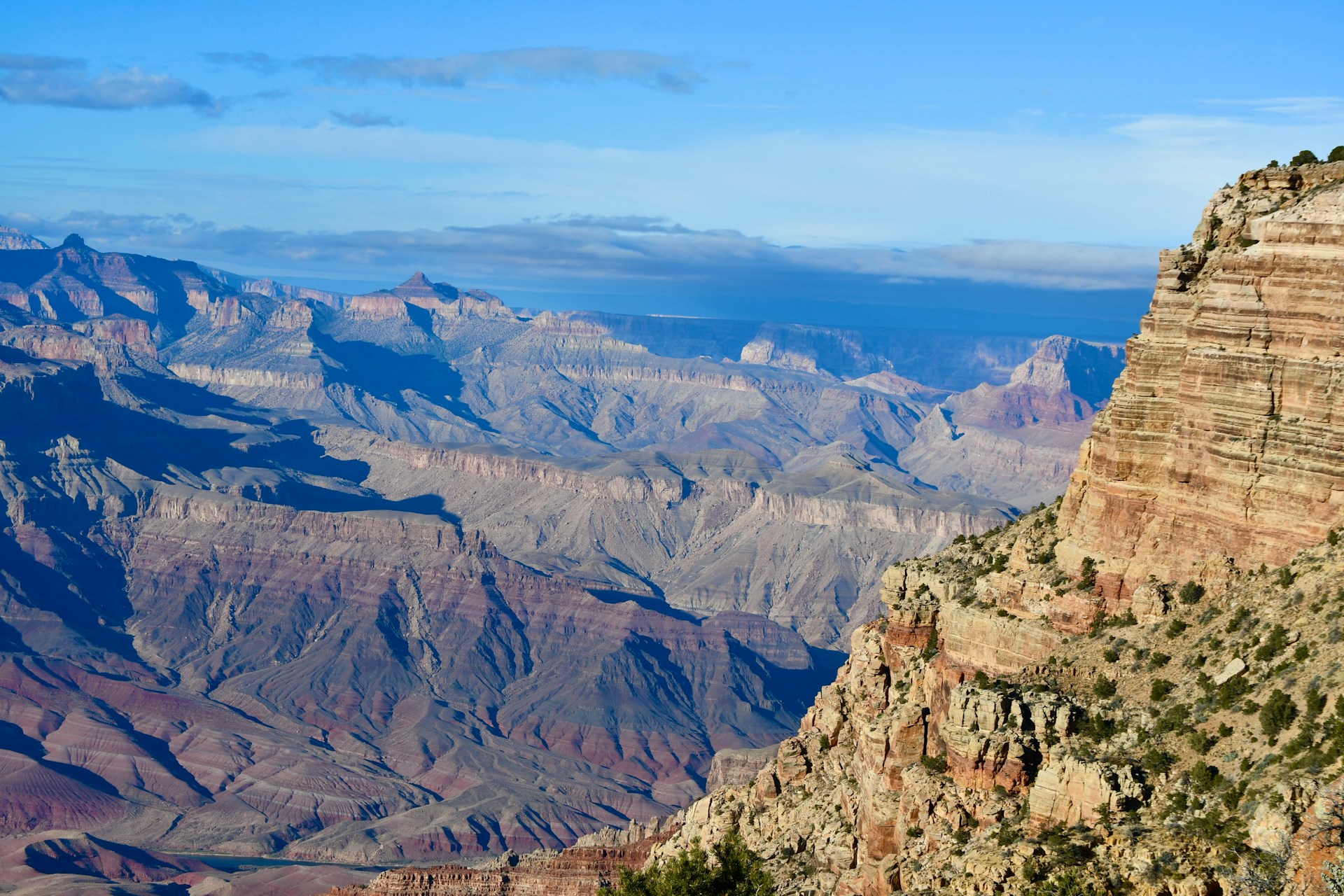National parks serve as crucial havens for biodiversity, protecting some of Earth’s most vulnerable species from extinction. These protected areas provide essential habitats where endangered wildlife can potentially recover from the brink of disappearance. Despite these safeguards, numerous species within park boundaries face severe threats from habitat loss, climate change, invasive species, and human impact.
Understanding these endangered species and their challenges is vital for conservation efforts and reminds us of the importance of national parks in preserving our planet’s natural heritage.
This article explores some of the most critically endangered species that still find refuge within national park systems around the world, highlighting their precarious status and the conservation efforts underway to protect them.
California Condor: A Conservation Milestone in Grand Canyon National Park
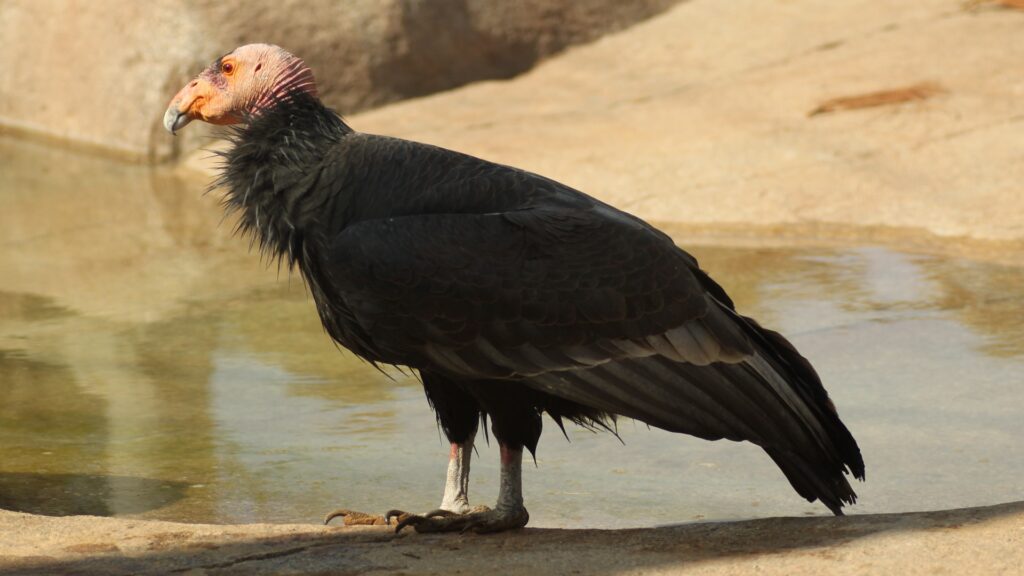
The California condor, North America’s largest flying bird with a wingspan reaching 9.5 feet, represents one of the most dramatic conservation stories within the U.S. National Park System. In 1982, their population plummeted to just 22 individuals, primarily due to lead poisoning, habitat destruction, and poaching, prompting an aggressive captive breeding program to save the species from extinction.
Grand Canyon National Park, along with Zion National Park, now serves as crucial habitat for these magnificent vultures, with regular releases of captive-bred birds helping to establish a wild population that has grown to over 300 individuals.
Despite this progress, California condors remain critically endangered, requiring intensive monitoring and management, including lead ammunition education programs for hunters in surrounding areas, as lead poisoning from scavenged carcasses continues to be the primary threat to their recovery.
Florida Panther: Clinging to Existence in Everglades National Park
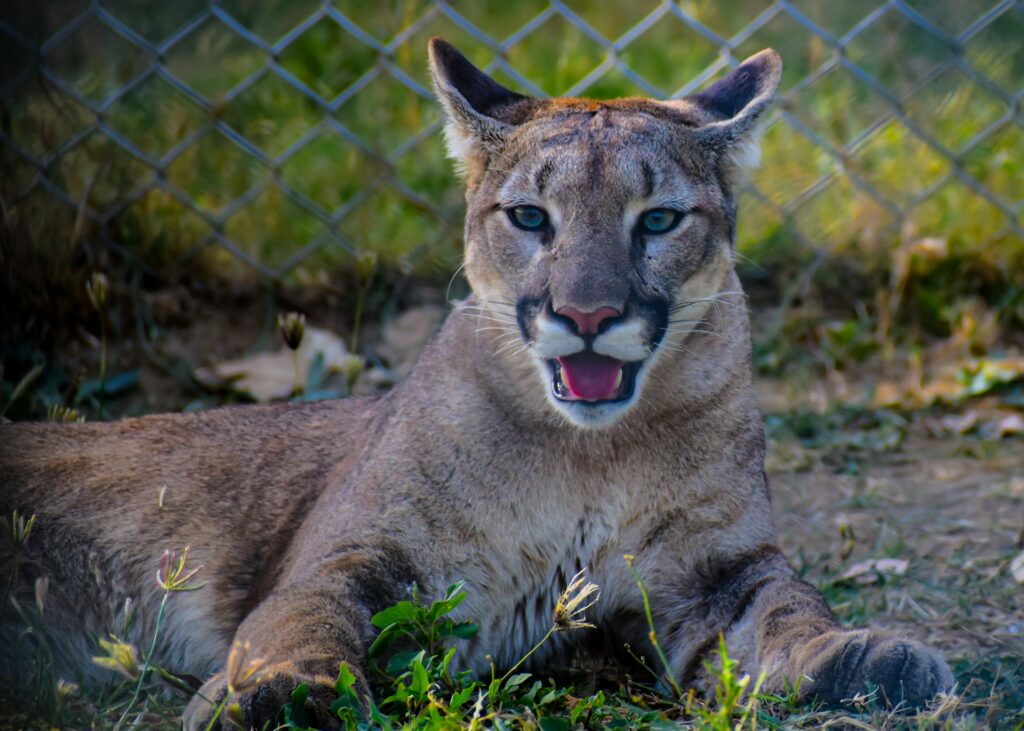
The Florida panther, a distinct subspecies of mountain lion, has been pushed to the brink of extinction with fewer than 200 individuals remaining in the wild, primarily in and around Everglades National Park and Big Cypress National Preserve. Decades of habitat loss, fragmentation, and human-wildlife conflict have isolated these magnificent cats to approximately 5% of their historic range in South Florida.
Genetic isolation had resulted in serious health problems, including heart defects and reproductive issues, until the introduction of Texas cougars in the 1990s helped restore genetic diversity in the population.
Despite modest population increases in recent years, Florida panthers face continuing threats from vehicle collisions on highways that fragment their territory, with dozens killed on roads annually despite wildlife crossings and reduced speed zones implemented to protect them.
Mojave Desert Tortoise: A Slow-Motion Crisis in Joshua Tree National Park
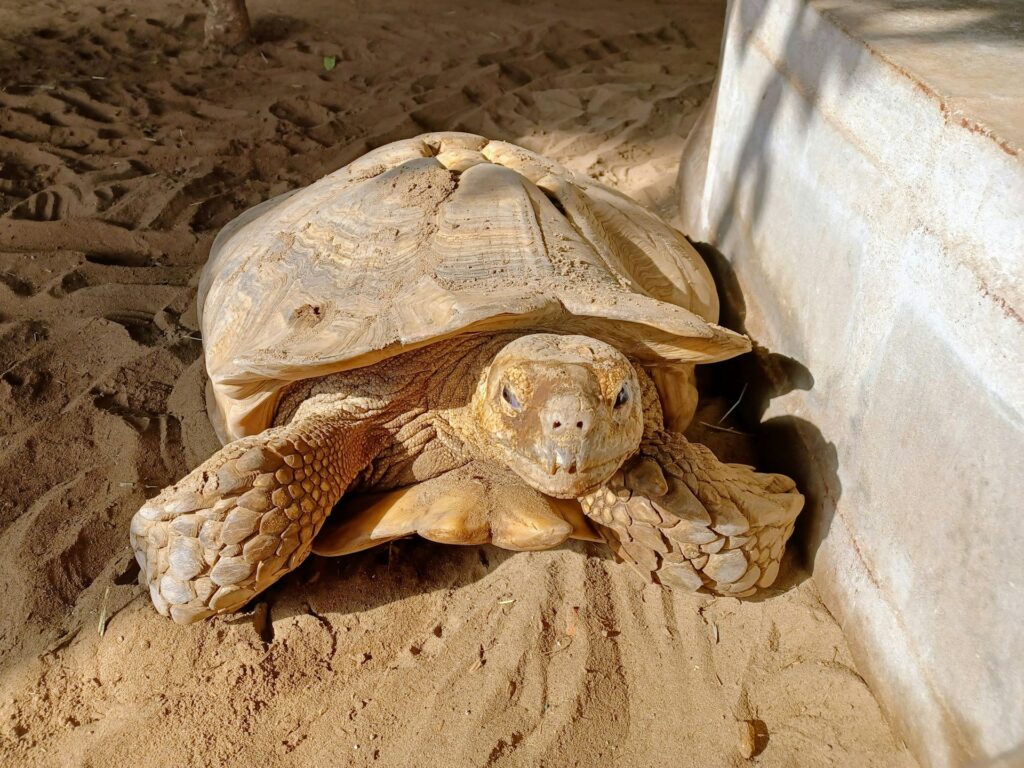
The Mojave desert tortoise, an ancient species that has roamed the deserts of the American Southwest for millions of years, has declined by over 90% in some areas since the 1980s, with significant populations in Joshua Tree and Death Valley National Parks.
These remarkable reptiles, which can live up to 80 years, face a multitude of threats, including habitat destruction, disease, predation by ravens, and the effects of climate change, which is altering their fragile desert ecosystem. Their slow reproduction rate—females don’t reach sexual maturity until 15-20 years of age and typically lay only 4-8 eggs annually—makes population recovery particularly challenging even with conservation efforts.
In Joshua Tree National Park, researchers are implementing innovative protection measures, including predator-proof enclosures for hatchlings, habitat restoration projects, and extensive monitoring programs to track population trends and health indicators of these iconic desert dwellers.
Northern Spotted Owl: Losing Ground in Olympic National Park
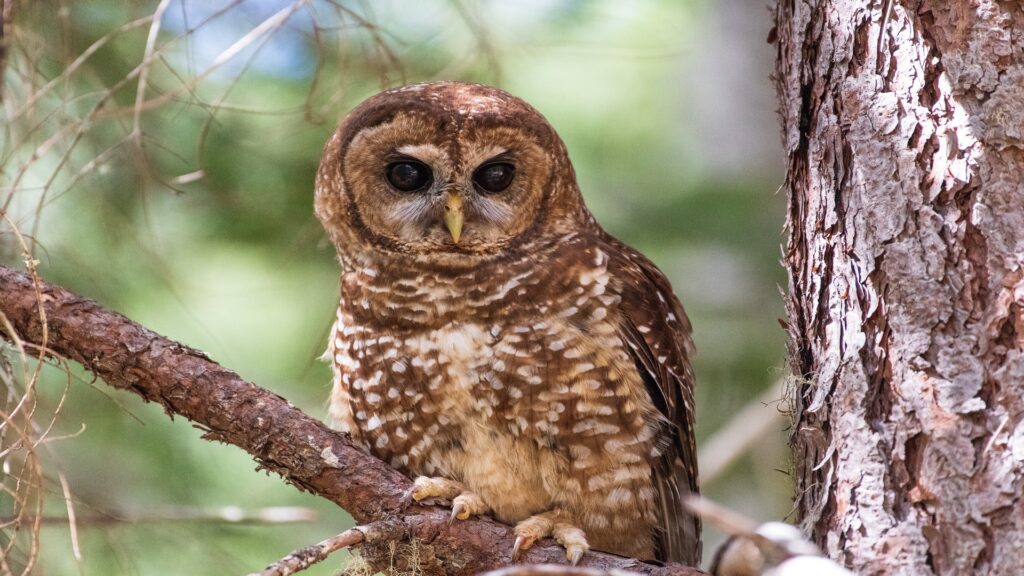
The northern spotted owl, an iconic species of old-growth forests in the Pacific Northwest, continues to decline despite protections within Olympic and Redwood National Parks. These medium-sized owls require large territories of mature forest with complex structures that provide nesting sites and support populations of their preferred prey, primarily flying squirrels and wood rats.
Habitat loss from logging operations outside protected areas has severely fragmented their range, while competition from the invasive barred owl, which has expanded its territory westward, presents an even more immediate threat.
Research in Olympic National Park shows population declines of approximately 4% annually, with some areas experiencing local extinction despite the park’s protected status, highlighting how even national park boundaries cannot fully insulate species from external threats.
Conservation efforts now include controversial barred owl removal programs in some regions, along with continued habitat protection and restoration of forest corridors to connect isolated owl populations.
Red Wolf: America’s Most Endangered Canid in Alligator River National Wildlife Refuge
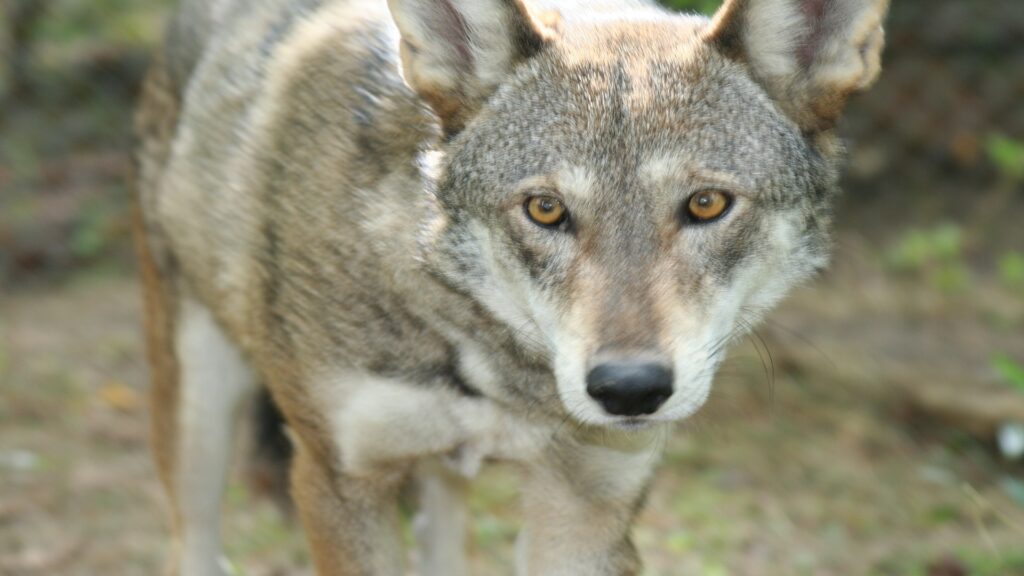
The red wolf, once declared extinct in the wild, has been reintroduced to eastern North Carolina, including areas adjacent to Great Smoky Mountains National Park, through one of America’s most ambitious predator recovery programs. With fewer than 20 known individuals remaining in the wild, these smaller cousins of the gray wolf represent one of the most endangered canids in the world, despite once ranging throughout the southeastern United States.
Hybridization with coyotes presents a significant genetic threat to the species’ integrity, while illegal shootings and vehicle strikes further hamper recovery efforts for this elusive predator.
The recovery program employs innovative techniques, including captive breeding, cross-fostering of pups, and adaptive management strategies that adjust to emerging threats, though public support remains mixed in surrounding communities, where some view the wolves as threats to livestock and hunting opportunities.
Haleakalā Silversword: A Unique Plant Facing Extinction in Hawaii’s National Parks
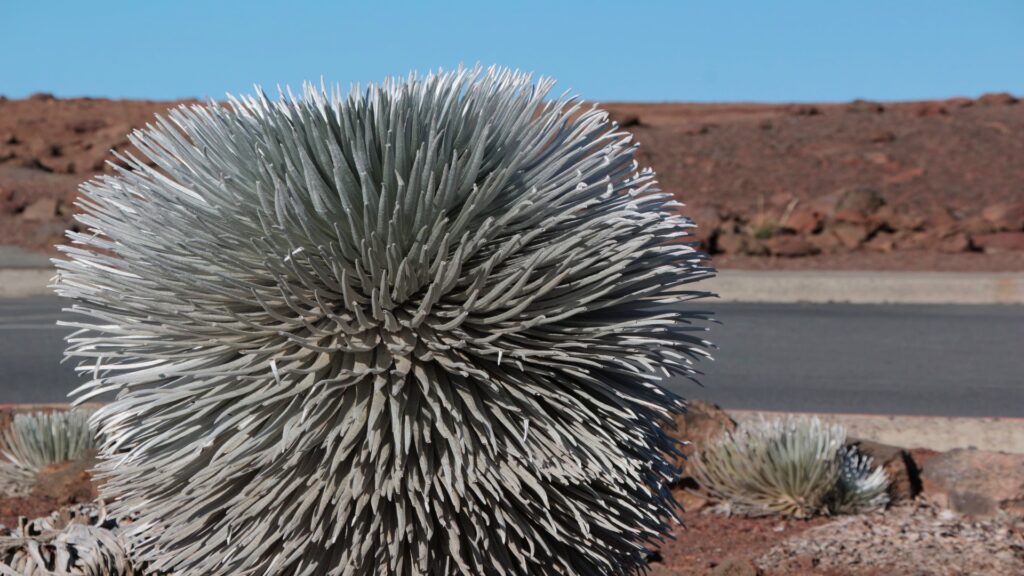
The Haleakalā silversword, a spectacular flowering plant found nowhere else on Earth except on the slopes of Maui’s Haleakalā volcano within Haleakalā National Park, faces critical threats from climate change and invasive species. This remarkable plant can live for up to 90 years as a rosette of silver sword-shaped leaves before producing a spectacular flowering stalk up to 6 feet tall with thousands of purple-red sunflower-like blooms, after which the entire plant dies.
Research indicates the silversword population has declined by more than 60% since the 1990s, primarily due to decreasing rainfall and higher temperatures at its high-elevation habitat, where water stress is becoming increasingly common.
Park managers have implemented an extensive propagation and outplanting program, carefully growing silverswords in greenhouses and strategically reintroducing them to areas with the most favorable microclimates to enhance their chances of survival in a rapidly changing environment.
Devils Hole Pupfish: The World’s Rarest Fish in Death Valley National Park
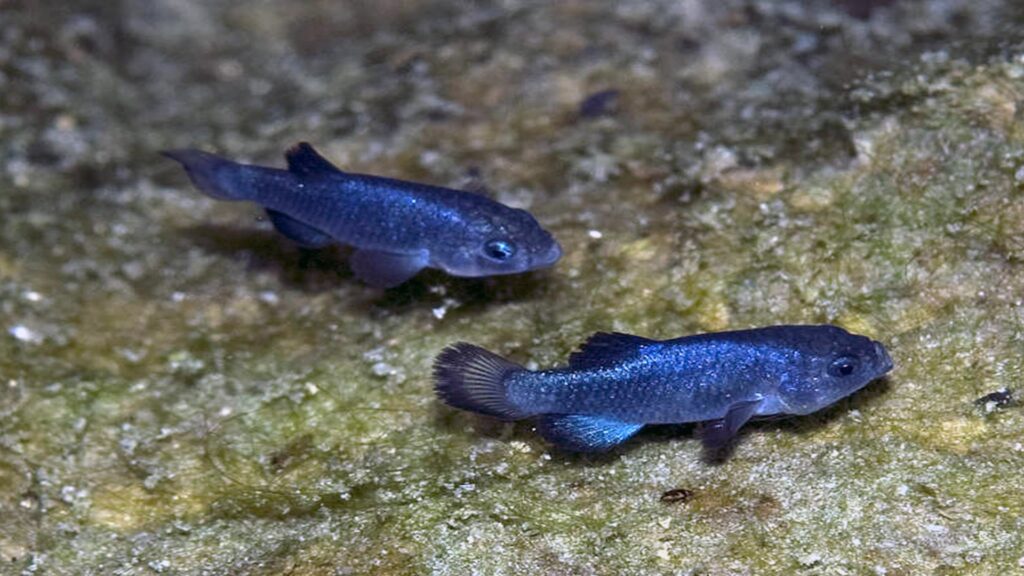
The Devils Hole pupfish exists in just one location on Earth—a water-filled limestone cave in Death Valley National Park—making it potentially the world’s most restricted vertebrate species with a natural habitat smaller than your living room. These tiny iridescent blue fish, typically numbering fewer than 200 individuals, have evolved in isolation for thousands of years, adapting to water temperatures and oxygen levels that would be lethal to most other fish species.
Their precarious existence has been threatened by groundwater pumping that lowered water levels in their cave, vandalism, and even minor earthquakes that can disturb their limited spawning shelf, a shallow underwater limestone ledge essential for reproduction.
An intensive conservation program now includes a $4.5 million state-of-the-art facility called the Ash Meadows Fish Conservation Facility, which maintains a backup population and supports research on the species’ unique biology and reproductive needs, providing insurance against extinction should disaster strike the wild population.
Ozark Hellbender: America’s Giant Salamander in Ozark National Scenic Riverways
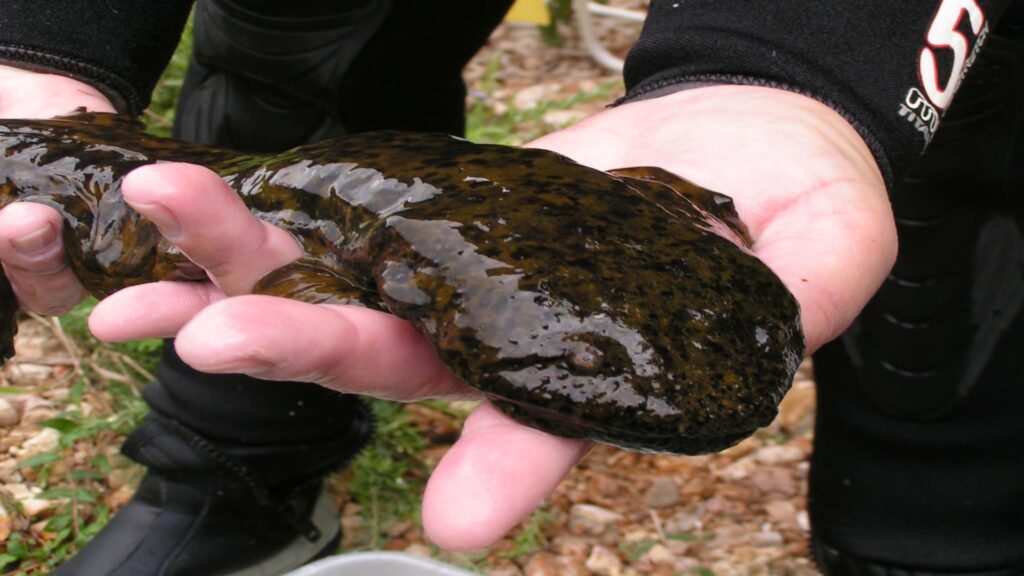
The Ozark hellbender, North America’s largest salamander species, reaching lengths of up to two feet, has experienced precipitous population declines of more than 70% in recent decades within the crystal-clear streams of Ozark National Scenic Riverways in Missouri. These fully aquatic amphibians, sometimes called “snot otters” due to their slimy skin, are ancient creatures that require cold, fast-flowing, oxygen-rich water with abundant flat rocks for shelter and breeding sites.
Water pollution from agricultural runoff, sedimentation from erosion, and disease—particularly a deadly chytrid fungus that affects their permeable skin—have severely impacted populations, while illegal collection for the pet trade further threatens remaining individuals.
Conservation efforts now include captive breeding programs at the Saint Louis Zoo, which successfully produced the first captive-bred hellbenders in 2011, along with habitat restoration projects within the park to reduce sedimentation and improve water quality in critical hellbender streams.
Schaus’ Swallowtail Butterfly: A Fragile Beauty in Biscayne National Park
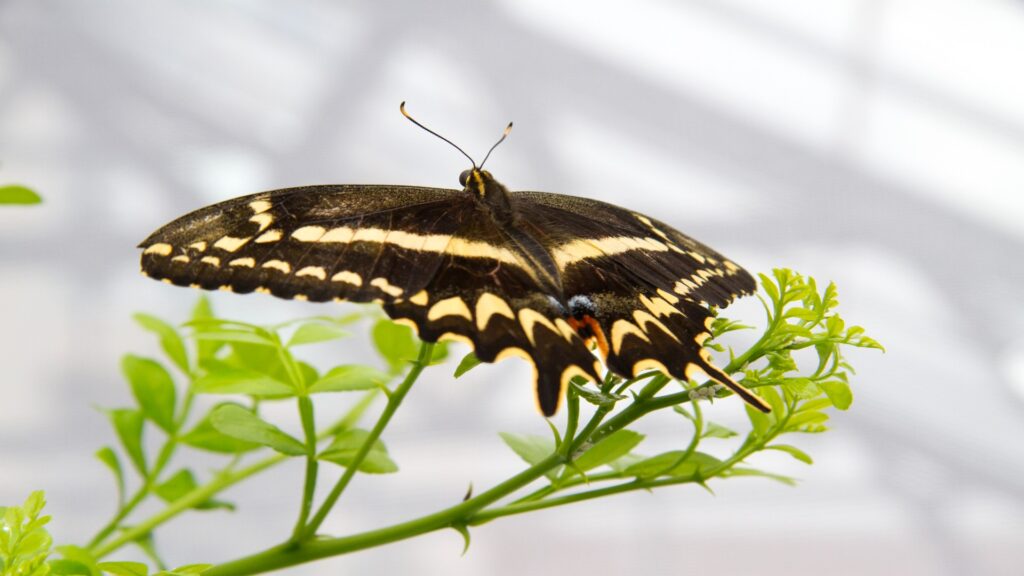
The Schaus’ swallowtail butterfly, a large, striking yellow and brown butterfly with a wingspan of up to 5 inches, has been reduced to fewer than 1,000 individuals in the wild, primarily within the hardwood hammock forests of Biscayne National Park and the northern Florida Keys. This imperiled insect, one of the first butterflies to receive federal protection under the Endangered Species Act, has suffered from habitat destruction as development has claimed much of its limited range, while pesticide use and storm events further threaten its survival.
The butterfly’s complex life cycle depends entirely on two specific host plants—torchwood and wild lime—for larval development, making it particularly vulnerable to habitat changes and invasive species that crowd out these essential plants.
An emergency captive breeding program at the University of Florida, initiated when surveys found fewer than 100 butterflies in the wild following a drought in 2012, has successfully released hundreds of laboratory-raised butterflies into protected areas within the park, providing a crucial lifeline for this charismatic invertebrate.
Sonoran Pronghorn: Racing Against Extinction in Organ Pipe Cactus National Monument
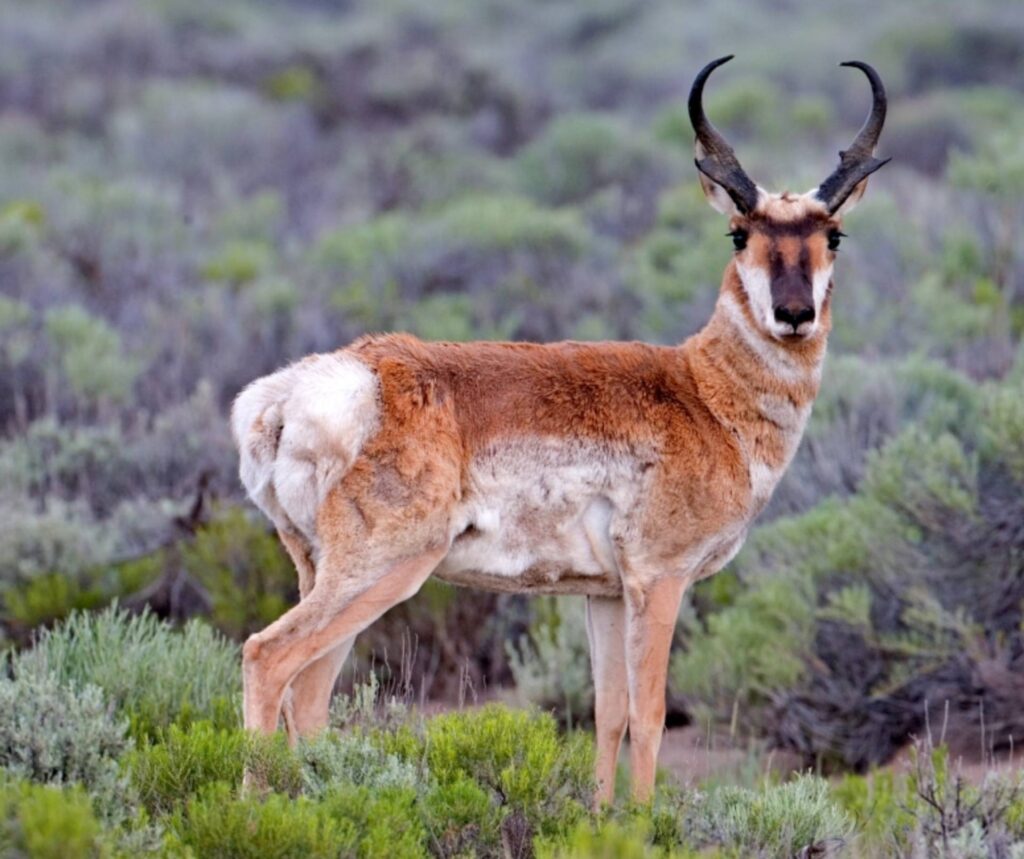
The Sonoran pronghorn, America’s fastest land mammal capable of sustained speeds up to 35 mph, has been reduced to approximately 400 individuals in the United States, primarily within Organ Pipe Cactus National Monument and adjacent lands in southern Arizona. These desert-dwelling relatives of antelopes have suffered from habitat fragmentation caused by border infrastructure, roads, and human development, which prevent their natural movement patterns in search of seasonal vegetation and water.
Severe drought conditions exacerbated by climate change have further stressed populations, with a particularly devastating drought in 2002 reducing the U.S. population to just 21 animals, triggering emergency conservation measures.
Recovery efforts now include a semi-captive breeding facility within Cabeza Prieta National Wildlife Refuge, supplemental water and forage during extreme drought conditions, and habitat enhancement projects that create natural water catchments to support pronghorn during dry periods, resulting in modest population increases despite continuing challenges.
Channel Islands Fox: A Conservation Success Story in Channel Islands National Park
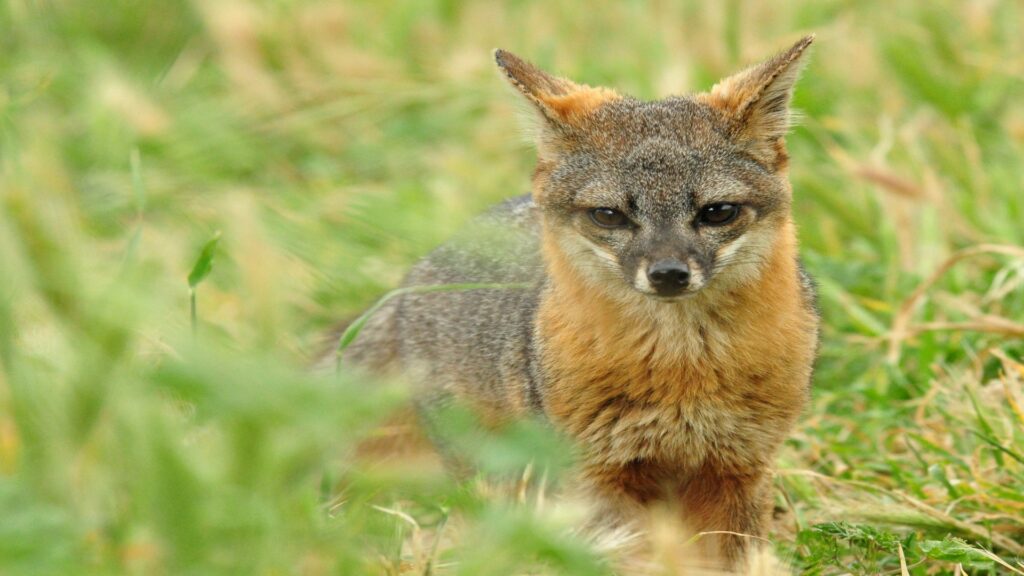
The Channel Islands fox, one of the smallest canid species in the world, weighing just 3-6 pounds, experienced catastrophic population crashes in the 1990s, with some island populations dropping from thousands to fewer than 15 individuals due to predation by non-native golden eagles and disease. These diminutive foxes, which evolved in isolation on California’s Channel Islands within what is now Channel Islands National Park, represent a remarkable example of island dwarfism, having descended from mainland gray foxes that reached the islands thousands of years ago.
Following their listing as endangered in 2004, an intensive recovery program was implemented, including captive breeding, vaccination against canine distemper, removal of golden eagles, reintroduction of native bald eagles (which don’t prey on foxes), and elimination of non-native ungulates that had attracted the golden eagles.
This comprehensive approach resulted in the fastest recovery of any mammal in Endangered Species Act history, with foxes delisted in 2016, though monitoring continues to ensure their long-term survival against emerging threats like climate change.
Sierra Nevada Bighorn Sheep: Climbing Back from the Brink in Sequoia and Kings Canyon National Parks
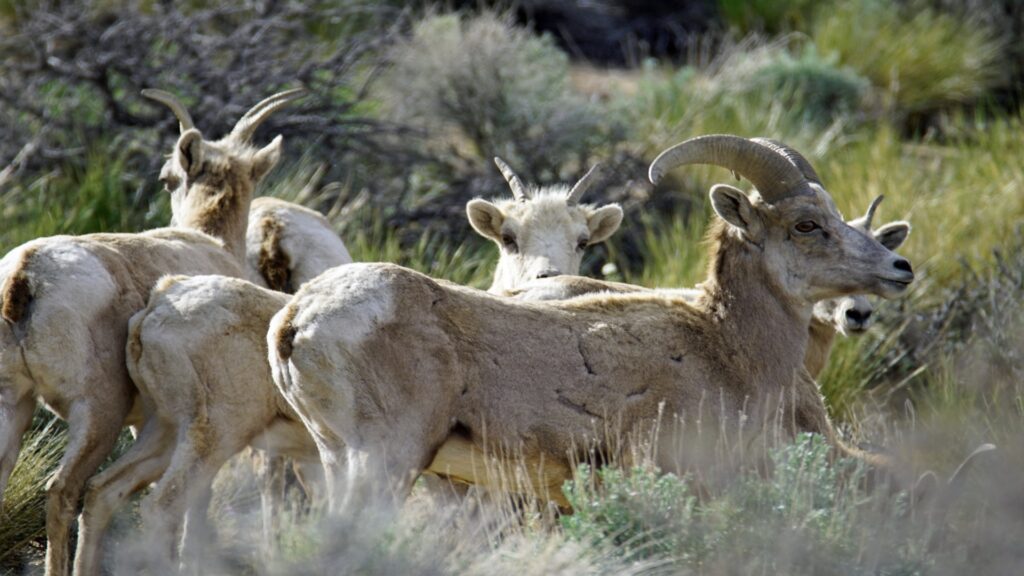
The Sierra Nevada bighorn sheep, famous for their ability to navigate nearly vertical cliff faces and distinctive massive curved horns, declined to just 100 individuals by the 1990s, primarily due to diseases transmitted from domestic sheep, predation by mountain lions, and habitat loss. These magnificent alpine specialists inhabit the high mountain terrain of Sequoia, Kings Canyon, and Yosemite National Parks, where they’ve evolved specialized hooves with rough-textured pads that provide exceptional traction on steep, rocky surfaces, allowing them to escape predators by accessing terrain few other mammals can navigate.
Recovery efforts have included reintroduction of captive-bred animals to portions of their historic range, strict separation from domestic sheep operations to prevent disease transmission, and selective mountain lion management in areas where predation threatens small, reestablishing herds.
The population has now increased to approximately 600 animals distributed across 14 herds throughout their historic range in the Sierra Nevada mountains, representing one of California’s most significant endangered species success stories, though continued management remains necessary for their long-term survival.
Conservation Challenges and Future Prospects for Endangered Park Species
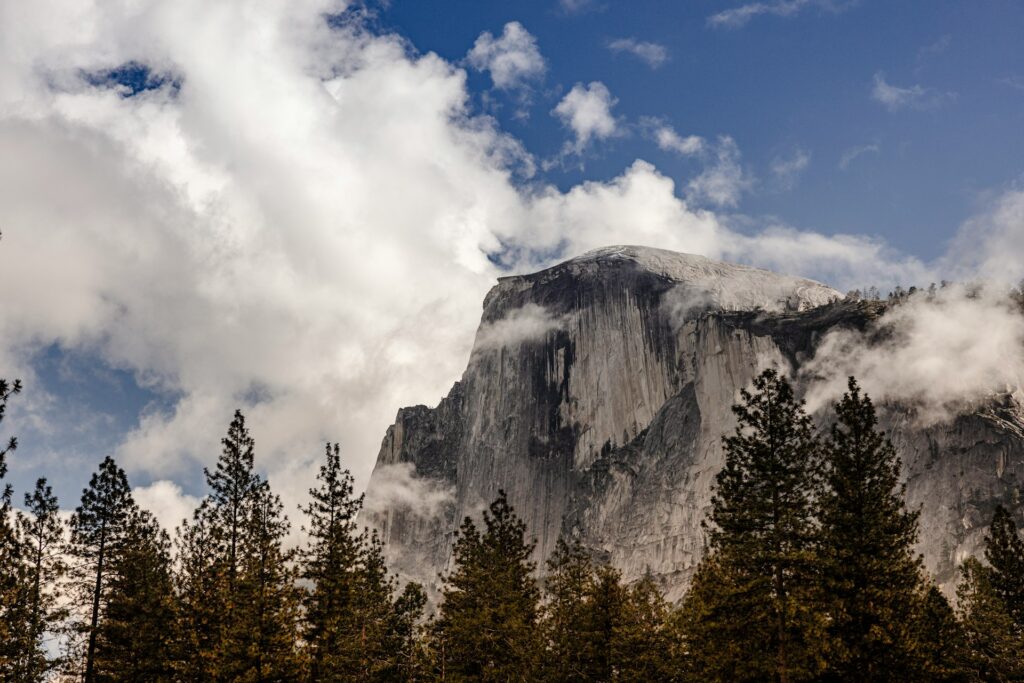
Despite the protected status national parks provide, endangered species within these boundaries face complex conservation challenges that transcend park borders, requiring coordinated approaches among multiple stakeholders and agencies. Climate change represents perhaps the most pervasive threat, altering habitats faster than many species can adapt, with effects ranging from changing precipitation patterns impacting desert species to rising temperatures forcing alpine specialists to move upslope until they potentially run out of suitable habitat.
Invasive species introduce additional complications, competing with, predating upon, or transmitting diseases to native wildlife, while limited genetic diversity in small, isolated populations increases vulnerability to disease outbreaks and environmental changes.
Nonetheless, national parks remain our best laboratories for conservation innovation, with cutting-edge approaches including genomic analysis to guide breeding programs, microclimate mapping to identify climate refugia, ecosystem restoration projects, and community-based conservation initiatives that engage surrounding communities as conservation partners rather than adversaries.
Conclusion
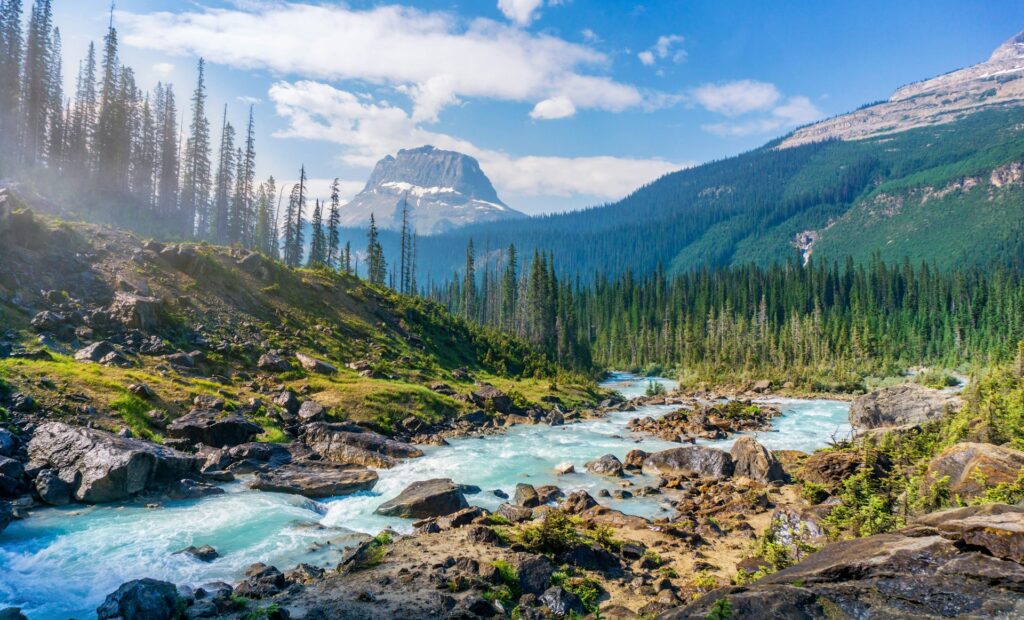
The future of many endangered species will depend on our ability to strengthen these protected areas while simultaneously addressing broader threats operating at regional and global scales.
Endangered species within national parks represent both our greatest conservation challenges and opportunities. Despite the protection these landscapes provide, the compounding pressures of habitat fragmentation, climate change, invasive species, and historical human impacts continue to push numerous species toward extinction.
However, the concentrated conservation efforts within these natural sanctuaries have produced remarkable success stories, from the recovery of the Channel Islands fox to the return of California condors to the skies above the Grand Canyon. These successes demonstrate that with sufficient resources, scientific management, and public support, even the most endangered species can recover.
As climate change accelerates and habitats continue to transform, national parks will become increasingly important refuges for biodiversity. Their preservation and expansion, coupled with innovative conservation approaches that extend protection beyond park boundaries, represent our best hope for ensuring these irreplaceable species survive for future generations to appreciate.

